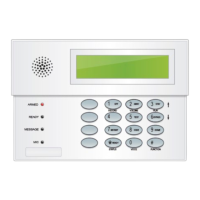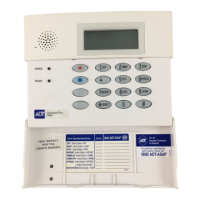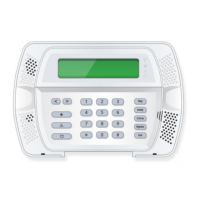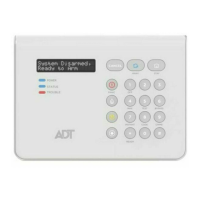
Do you have a question about the ADT Safewatch QuickConnect Plus and is the answer not in the manual?
| Brand | ADT |
|---|---|
| Model | Safewatch QuickConnect Plus |
| Category | Security System |
| Language | English |
Lists the key user-facing features of the security system.
Explains features designed to minimize accidental alarms and user errors.
Covers zones, fire protection, burglary protection modes, and security codes.
Details how the system enables voice communication with the central station.
Explains the components and basic functions of the primary control keypad.
Details the meaning of display messages and LED indicators on the keypad.
Identifies and explains the purpose of each key on the master keypad.
Explains how to check the system's readiness and current status.
Provides instructions for arming the system in STAY and AWAY modes.
Describes the system's automatic switch from AWAY to STAY mode under certain conditions.
Explains how to arm the system quickly without entering a code.
Details the time allowed for exiting after arming and entering before an alarm.
Provides instructions on how to disarm the system and silence alarms.
Explains how to temporarily disable specific zones from triggering alarms.
Covers emergency panic functions and the chime mode for door/window alerts.
Details how users can record, play, and manage messages on the system.
Explains how to change the volume for system announcements and beeps.
Describes how to define and use the AUX key for custom command sequences.
Guides users on setting the system's time and date.
Explains how to control the system remotely via telephone.
Details how the system can be used as a speaker phone.
Outlines web-based services for remote system interaction.
Provides an overview of the fire alarm system's capabilities and limitations.
Lists NFPA recommendations for smoke and heat detector placement.
Provides guidance on escape planning in case of a fire emergency.
Details assigning, changing, and deleting user access codes and special codes.
Outlines the procedure for weekly system testing and entering/exiting test mode.
Lists and explains common trouble condition displays and fault messages.
Covers routine maintenance, including system testing and battery checks.
Explains how low battery conditions are indicated and managed.
Outlines the inherent limitations and potential failure points of the alarm system.











